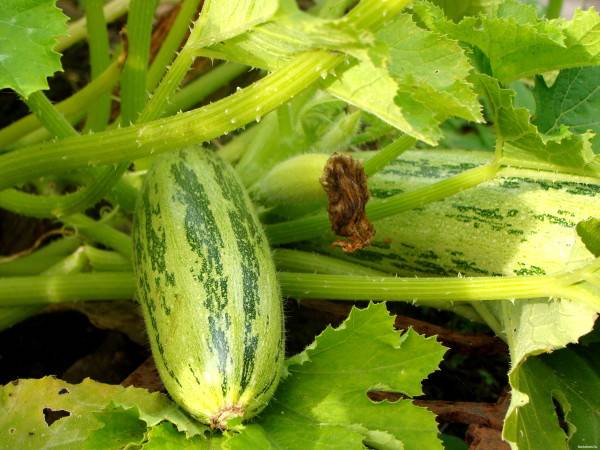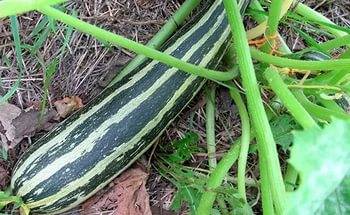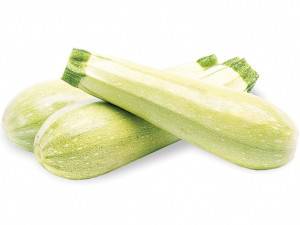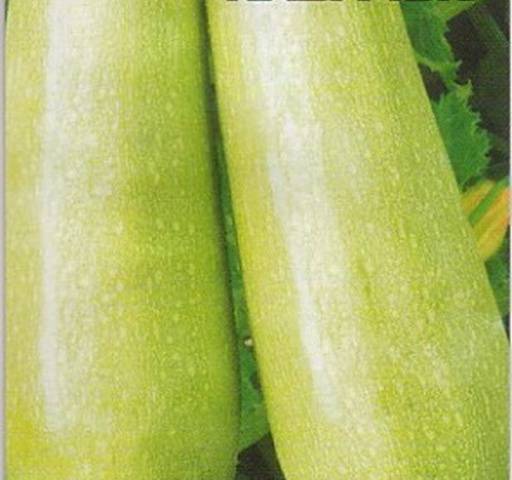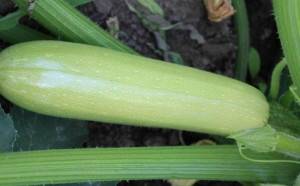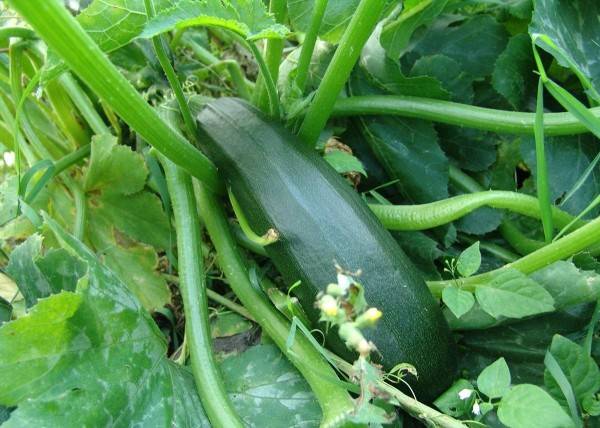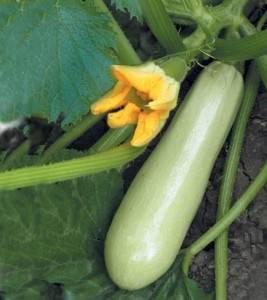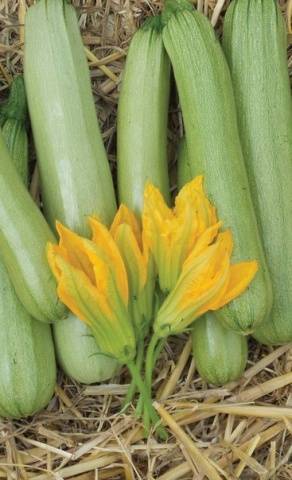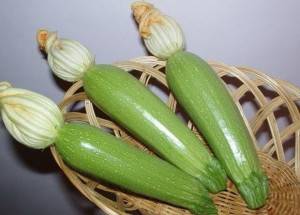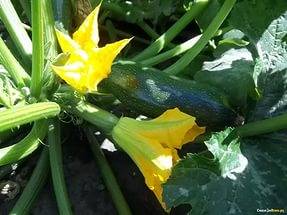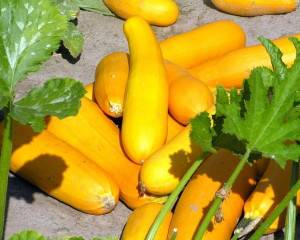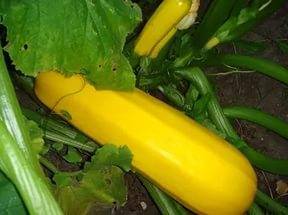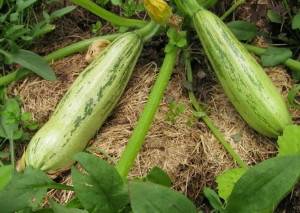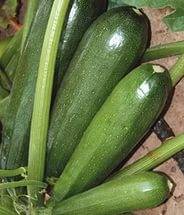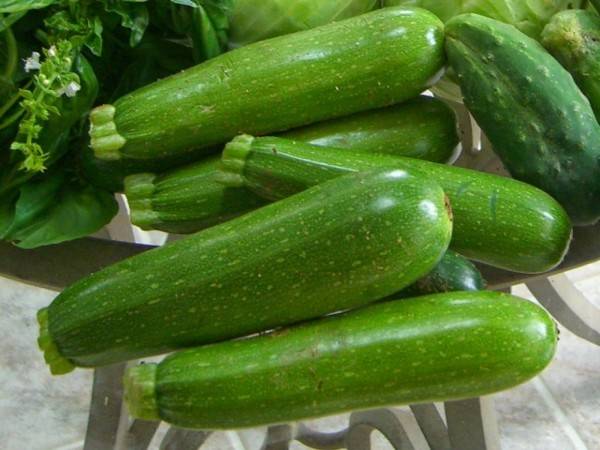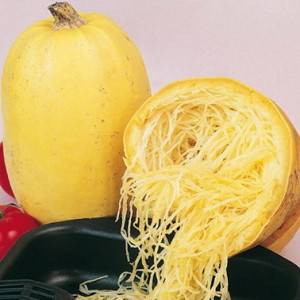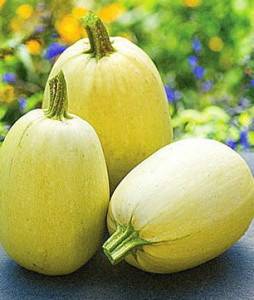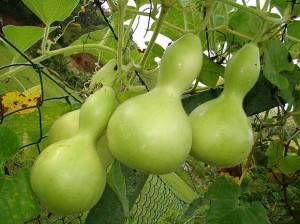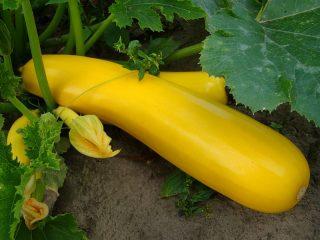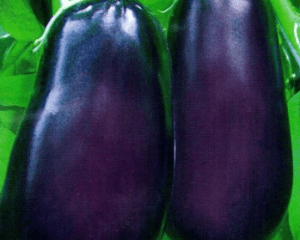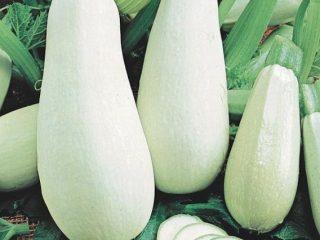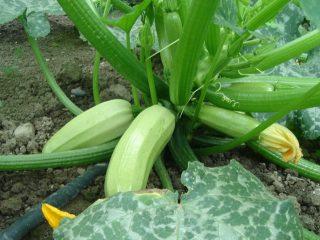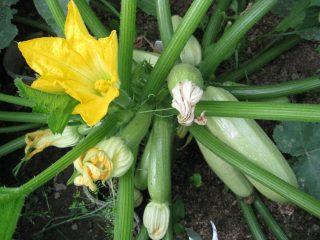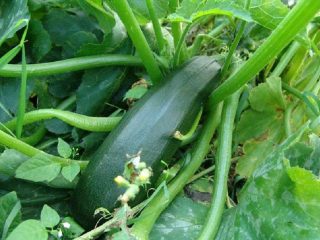Content
Zucchini are the most cold-resistant among the Pumpkin family. This early ripening vegetable is ready to eat 5-10 days after pollination of the flower. Growing a plant on your site is easy. However, in addition to good care, it is necessary to select varieties that can give the greatest yield. Many gardeners are interested in which ones to choose the most productive zucchini varietiesso that they bear tasty fruits for a long time.
Briefly about fruiting culture
To figure out which variety to expect good yield from, you need to get acquainted with the peculiarity of the fruiting of the crop. When the first ovary appears on the plant, the growth of the bush itself is significantly slowed down, and the intensity of flowering decreases. This feature of the culture allows you to control the size of the bush. If you constantly pluck unripe fruits, the nutrients of the plant will be directed to the formation of new ovaries, and the bush itself will remain the same size. In addition, this method allows you to increase the fruiting period of the zucchini up to 3 months.
For a fruiting plant, there is a temperature limit: at least +11aboutC, and maximum +30aboutC. Having crossed it, the yield of zucchini falls.
It is optimal for the plant to maintain a moderate soil moisture. Excess water or high humidity will result in lower yields. The best condition for zucchini of any kind is a bed lit from all sides by the sun with a non-acidic and fertile soil. The plant loves feeding with microelements.
We divide high-yield varieties according to the ripening period
Zucchini, like other similar crops, are subdivided according to the timing of fruit ripening. That is, there are early, middle and late cultures. When choosing varieties that give a large harvest, one must keep this time frame in mind. This will allow, if desired, to extend the time of harvesting.
Early zucchini varieties
Early culture is characterized by the appearance of the first ovaries 35–50 days after the germination of seed material. You can plant early zucchini in the garden with seedlings or seeds, which depends on the climate of the region.
Zebra
Early ripening striped squash forms a shrub with a short central stem. Side shoots are practically absent. Plants are planted in a square-nesting manner at a distance of 50 cm from each other. After 38 days, the first ovary is observed on the plant.
It is optimal to pick fruits when the weight reaches 0.5 kg. At this time, the yellowish pulp accumulates maximum juiciness with a sweetish aftertaste. The plant, with good care, can yield up to two months of about 9 kg / 1 m2... The advantage of zucchini is stable fruiting when the temperature drops. A great lack of weak immunity to many diseases, especially rot. The plant can only be saved with timely treatments. A lot of harvest can be obtained when grown in closed beds.
Iskander F1
Very early zucchini can be planted when the first heat appears on the street. Seedlings take root well in a greenhouse or under cover. On the street above the plant, arcs are installed from a thick wire and covered with agrofibre until stable warm weather arrives.
Surprisingly, a rather small bush yields a good harvest. The fruit can grow up to 17 cm long, however, the best harvest time is when the fruit is 12 cm long.
However, if the fruit is not removed from the bush in time, its taste will remain the same, only with a less attractive appearance. But you cannot tighten it too much, since the formation of seeds will go, and the peel will become very hard.
Belukha
The plant was bred by Altai breeders. A small bush can bear fruit in 40 days. The advantage of zucchini is its resistance to many diseases. When the air temperature drops to +13aboutWith the plant acquires a state of dormancy, but its development continues. As soon as the temperature rises to +18aboutC, the zucchini intensively begins to form an ovary. The variety can bring about 11 kg of yield from 1 m2 within two and a half months.
Ardendo174 F1
The plant is demanding for regular watering. The hybrid bears early fruit with good care. However, they must be collected in time. If the zucchini is overgrown, which happens very quickly, it can only be used for animal feed. Young fruits have a soft flesh with a characteristic crunch.
Waterfall
The plant, during its fruiting period, extending up to 2 months, yields a maximum of 7 kg of zucchini. The first fruits can be removed from the bush for 42 days. The vegetable is green in color without any patterns. The dignity of the variety is its resistance to bacterial diseases. For a good vegetation, timely feeding with minerals is required.
Chaklun
The plant of this variety is very prolific. The crop given after 41 days must be harvested while the zucchini weigh 0.5 kg. An overgrown vegetable can be recognized by an elongated pear-like fruit, and small ribs form on the smooth skin. Zucchini firmly tolerates many diseases.
Karam
The plant has little climbing ability and can fit in an area of 80 cm2... The first fruits after transplanting the seedlings can be removed in 35 days. Zucchini, white with a greenish tinge, grow up to 550 g. Variety from 1 m2 brings about 11 kg of harvest.
Moor
Gardeners of the Central regions in this variety can find the most productive zucchini. A green vegetable weighs from 1 to 1.2 kg. The first fruit appears on the plant after 45 days, after which a stable ovary continues for 3 months. From 1 m2 with good care, you can harvest 20 kg of zucchini.
Aliya F1
A very good variety for summer residents. Powerful shrub plant resistant to bacterial diseases and rot. The foliage can withstand blows from light hail. The first ovary appears 49 days after seed germination. Zucchini pulp is very tasty.
Belogor F1
Small plant can fit in a 60 cm area2... The hybrid bears its first fruits on day 50. White zucchini weigh from 0.5 to 1 kg. Fruiting lasts 3 months. From 1 m2 you can harvest 14 kg of crop.
Aeronaut
The variety belongs to zucchini zucchini... Sowing is carried out with seeds with their preliminary soaking for 24 hours. The first fruits can be seen on day 46. The best taste is observed in a vegetable weighing 1.3 kg. The plant feels best on medium loamy soil, where it can bring up to 7 kg of yield from 1 m2.
Mid-season varieties of productive zucchini
Plants of the middle fruiting period bring the harvest about 2 months after seed germination. In order to have a fresh vegetable on the table longer, it is necessary to plant zucchini of the middle ripening period in the garden next to the early variety.
Gribovsky
If someone wants to find the most productive zucchini from this ripening group, then this is exactly the variety. The first ovary appears after 50 days from the moment the seeds germinate. With proper care from 1 m2 about 9 kg of crop can be harvested. Ripe zucchini weighs 1.3 kg. The peculiarity of the plant is its strong branching, which requires a lot of space in the garden. Fruiting can last up to 3 months.
Zolotinka
The plant has very strong bushes and an attractive golden color of zucchini. The vegetable can be kept cool for up to two months. The dignity of the variety is ease of care. The use of yellow zucchini is universal.
Yellow-fruited
Another medium-ripening variety with yellow fruits begins to bear fruit in 52 days from the moment of germination. Zucchini weighing 700 g is considered to be optimally ripe, since at this time it has the best presentation. Fruiting lasts up to three months. From 1 m2 you can harvest 9 kg of crop.
Kuand
The variety is distinguished by an interesting color of the fruit. On the zucchini of light green, fuzzy dark green lines are visible, reminiscent of camouflage. The plant is resistant to bad weather conditions, drought, common diseases. The cold-resistant plant belongs to bush squash. The fruit is characterized by gray mesh-like spots. Fruiting lasts up to two months. During this period, you can remove up to 9 kg of crop from 1 m2... Ripe zucchini weighs 1–1.5 kg.
Nephritis
Bush variety brings the first harvest 53 days after germination. The fruiting period lasts up to 90 days. Ripe zucchini weighs about 1.2 kg.
Mini zucchini
The first crop can be removed from the bush at the end of the second to the beginning of the third month after germination. Planting seedlings or sowing seeds is carried out in a square-nesting way, allotting an area for each hole 40x50 cm. Ripe fruits are small with a maximum weight of 400 g. Fruiting lasts up to three months. During this period, from 1 m2 you can harvest 5 kg of the crop, and the harvest is carried out once a week.
Late varieties of productive zucchini
A good gardener will never leave his garden empty until the very frost. Late varieties of zucchini begin to bear fruit no earlier than 2 months after planting in the garden. Growing late zucchini has 2 benefits. First, having planted three ripening periods in the crop garden, there will be fresh vegetables on the table from early spring to late autumn. Secondly, late varieties of zucchini are ideal for winter harvesting.
Walnut
The crop appears in 3 months. A late-ripening vegetable loves heat very much and will withstand the heat without problems. The plant is not affected by rot in rainy summer. Ripe zucchini weighs 3 to 5 kg. One plant can bear 8 kg of fruit. Seeds are sown in warm soil in a sunny area of the garden.
Spaghetti Raviolo
The plant has long lashes, loves warmth. Fruits ripen late in the 4th month. A mature zucchini with a length of 20 cm weighs about 1 kg. One plant produces a maximum of 6 kg of yield. Zucchini is interesting in preparation. Its pulp crumbles into long fibers that resemble vermicelli.
Tivoli F1
Late ripening hybrid loves abundant watering and does not do well next to other closely growing plants. Fruit ripens by the end of the fourth month. Up to 5 kg of zucchini are removed from one bush per season. The fruits are large, reaching a weight of 1.5 kg.
Lagenaria Calabaza
The vigorously growing plant bears fruit of an unusual shape, reminiscent of a giant pear. During the season, a well-developed bush will bring up to 43 kg of zucchini. For good development, the plant needs top dressing and regular watering. Overripening of the fruit should not be allowed, otherwise the peel will become stony. However, from such an overripe fruit, you can make a decorative jug, shower ladle or other useful thing.
Lagenaria vulgaris
Another highly weaving plant bears long fruit. Some specimens grow up to 1.7 m. One zucchini weighs about 11 kg.Fruits ripen no earlier than 3 months after planting. Zucchini needs a lot of support for perfect development of the lashes. From 1 plant, about 40 kg of the crop can be harvested.
The video shows how to care for zucchini:
Some tips for choosing a variety of zucchini for your garden
By itself, the zucchini is unpretentious. The plant can grow both indoors and outdoors. It is important to find the right strain and give it proper care.
When choosing varieties for open ground, you need to pay attention to the formation of a bush. It is better to give preference to zucchini with a powerful structure of the aboveground part. Such a plant is less afraid of cold weather, pests and various diseases.
For greenhouses and greenhouses, bush varieties of early and medium ripening are better. Late varieties should be planted in open beds. It is important that the selected variety is resistant to fungi and rot. This will guarantee a good harvest in any weather.
An optimally selected variety of zucchini for your site will allow you to harvest good yields every year, spending a minimum of time caring for the crop. And if the plant is not a hybrid, it will be possible to independently collect seeds from it for the next crops.
